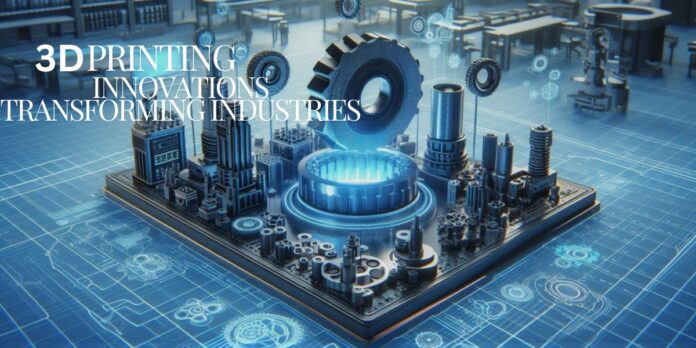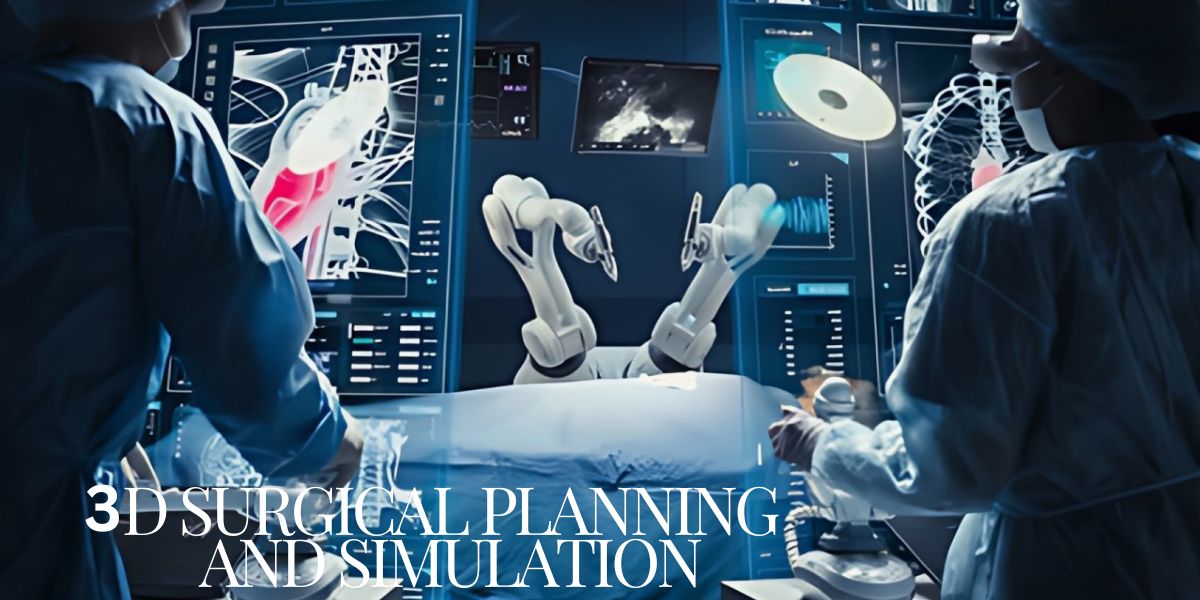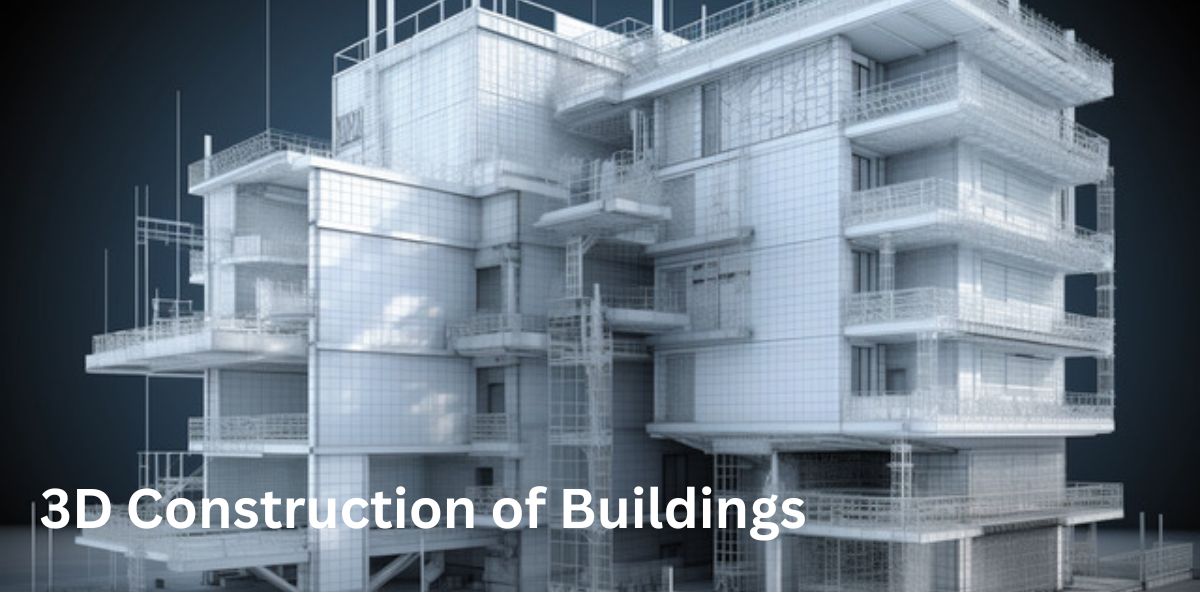3D printing, also known as additive manufacturing, has emerged as a groundbreaking technology with the potential to transform various industries. By enabling the creation of three-dimensional objects from digital models, 3D printing is revolutionizing manufacturing processes, product design, and even supply chains. This article explores how 3D printing innovations are reshaping industries, driving efficiency, and fostering creativity.
Revolutionizing Manufacturing
One of the most significant impacts of 3D printing is on the manufacturing industry. Traditional manufacturing methods often involve complex processes with high material waste and long lead times. In contrast, 3D printing creates objects layer by layer, which reduces material waste and allows for the production of complex geometries that would be difficult or impossible to achieve with traditional methods.
Customized Products
3D printing allows for the production of customized products tailored to individual specifications. This capability is particularly valuable in industries such as aerospace, automotive, and healthcare. For instance, aerospace companies use 3D printing to produce lightweight, high-strength components that improve fuel efficiency. Similarly, automotive manufacturers are utilizing 3D printing for custom parts and prototypes, accelerating the design process and reducing costs.
On-Demand Production
The ability to produce items on demand is another advantage of 3D printing. Instead of maintaining large inventories of parts, manufacturers can print components as needed, reducing storage costs and minimizing the risk of overproduction. This on-demand approach also supports just-in-time manufacturing, which enhances supply chain efficiency and responsiveness.
Transforming Healthcare
In the healthcare sector, 3D printing is making significant strides in personalized medicine and surgical planning. The technology enables the creation of patient-specific medical devices, prosthetics, and implants, improving the precision and effectiveness of treatments.
Custom Prosthetics and Implants
3D printing allows for the production of customized prosthetics and implants that perfectly fit a patient’s anatomy. For example, 3D-printed prosthetic limbs can be tailored to individual measurements, providing better comfort and functionality compared to off-the-shelf options. Additionally, 3D-printed implants can be designed to match the exact shape of a patient’s bones, promoting faster recovery and better integration with the body.
Surgical Planning and Simulation
Surgeons use 3D-printed models of patients’ anatomy for preoperative planning and simulation. These models, created from medical imaging data, provide a tangible representation of the patient’s condition, allowing surgeons to practice complex procedures and plan their approach in detail. This practice improves surgical outcomes and reduces the risk of complications.
Enhancing Construction and Architecture
The construction and architecture industries are also benefiting from 3D printing innovations. The technology is being used to create intricate architectural designs, streamline construction processes, and even build entire structures.
Architectural Models and Prototypes
Architects use 3D printing to create detailed physical models of their designs. These models provide a clearer visualization of the final project and allow for more accurate evaluations of design elements. 3D printing also enables rapid prototyping, allowing architects to test and refine their ideas quickly.
3D printing is making its mark in the construction of buildings and infrastructure. Large-scale 3D printers can produce building components, such as walls and facades, with remarkable precision. This approach reduces construction time and labor costs while allowing for innovative architectural designs. Some companies are even experimenting with 3D-printed houses, which could address housing shortages and provide affordable, sustainable housing solutions.
Innovating Fashion and Consumer Goods
The fashion and consumer goods industries are embracing 3D printing to create unique designs, customize products, and enhance the shopping experience.
Customized Fashion and Accessories
Designers are using 3D printing to create bespoke fashion items and accessories. The technology allows for intricate patterns and personalized designs that would be challenging to achieve with traditional manufacturing techniques. For example, 3D-printed jewelry and footwear offer unique aesthetics and customization options for consumers.
On-Demand Production and Personalization
3D printing enables the production of consumer goods on demand, reducing inventory costs and allowing for personalized products. Consumers can order customized items, such as phone cases or home decor, that reflect their individual preferences. This approach enhances the shopping experience and provides a more personalized connection between consumers and products.
Advancing Aerospace and Defense
The aerospace and defense industries are leveraging 3D printing to enhance the performance and efficiency of their products. The technology enables the creation of lightweight, high-strength components and parts for aircraft and spacecraft.
Lightweight Components
In aerospace, reducing the weight of components is crucial for improving fuel efficiency and performance. 3D printing allows for the production of complex, lightweight structures that contribute to better fuel economy and reduced emissions. Components such as turbine blades, engine parts, and structural elements can be optimized for weight and strength using 3D printing.
Rapid Prototyping and Testing
Aerospace and defense companies use 3D printing for rapid prototyping and testing of new designs. The technology enables the quick production of prototypes, allowing for faster testing and iteration of designs. This agility accelerates the development process and helps companies stay competitive in a rapidly evolving industry.
Conclusion
3D printing innovations are transforming industries by offering new ways to manufacture products, enhance personalization, and streamline processes. From revolutionizing manufacturing and healthcare to advancing construction and fashion, the technology is driving efficiency, creativity, and customization across various sectors. As 3D printing continues to evolve, its impact on industries will only grow, leading to new possibilities and opportunities for innovation. Embracing these advancements will be crucial for businesses and organizations seeking to stay at the forefront of technological progress and meet the demands of a rapidly changing world.







